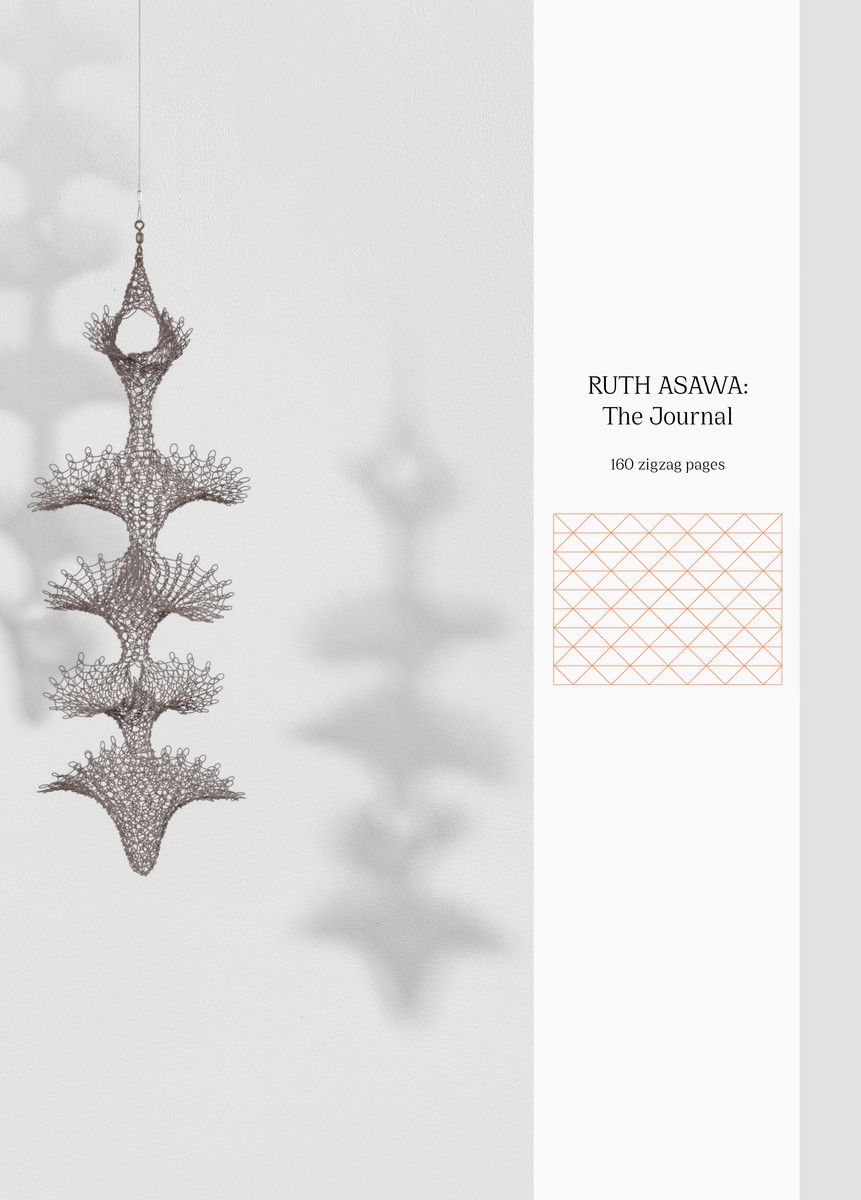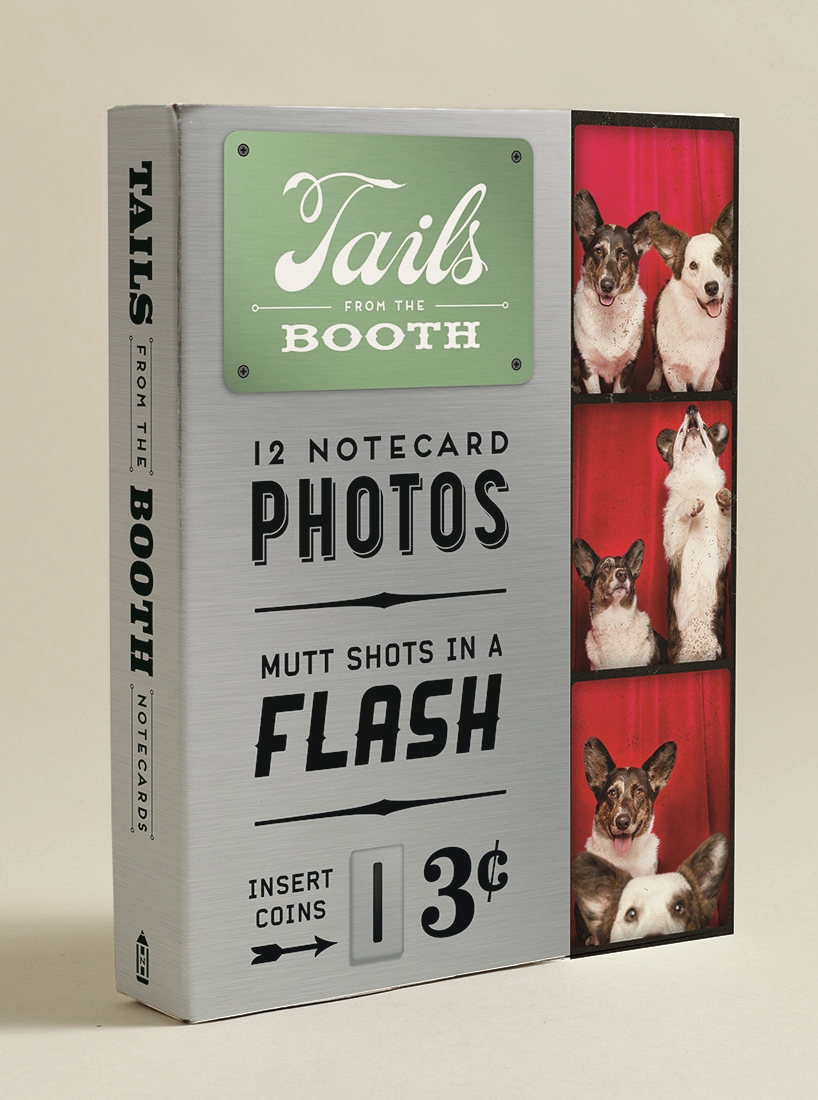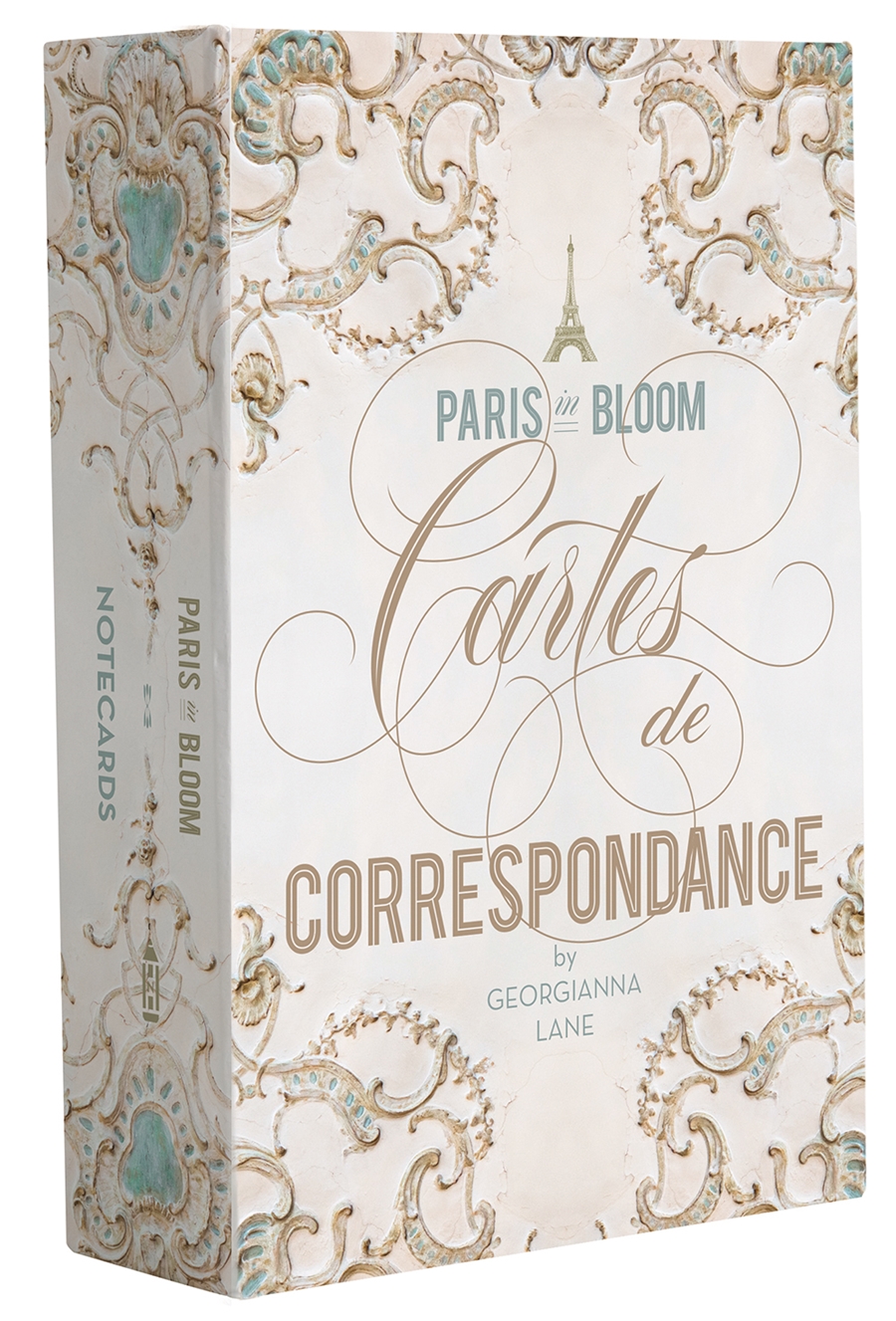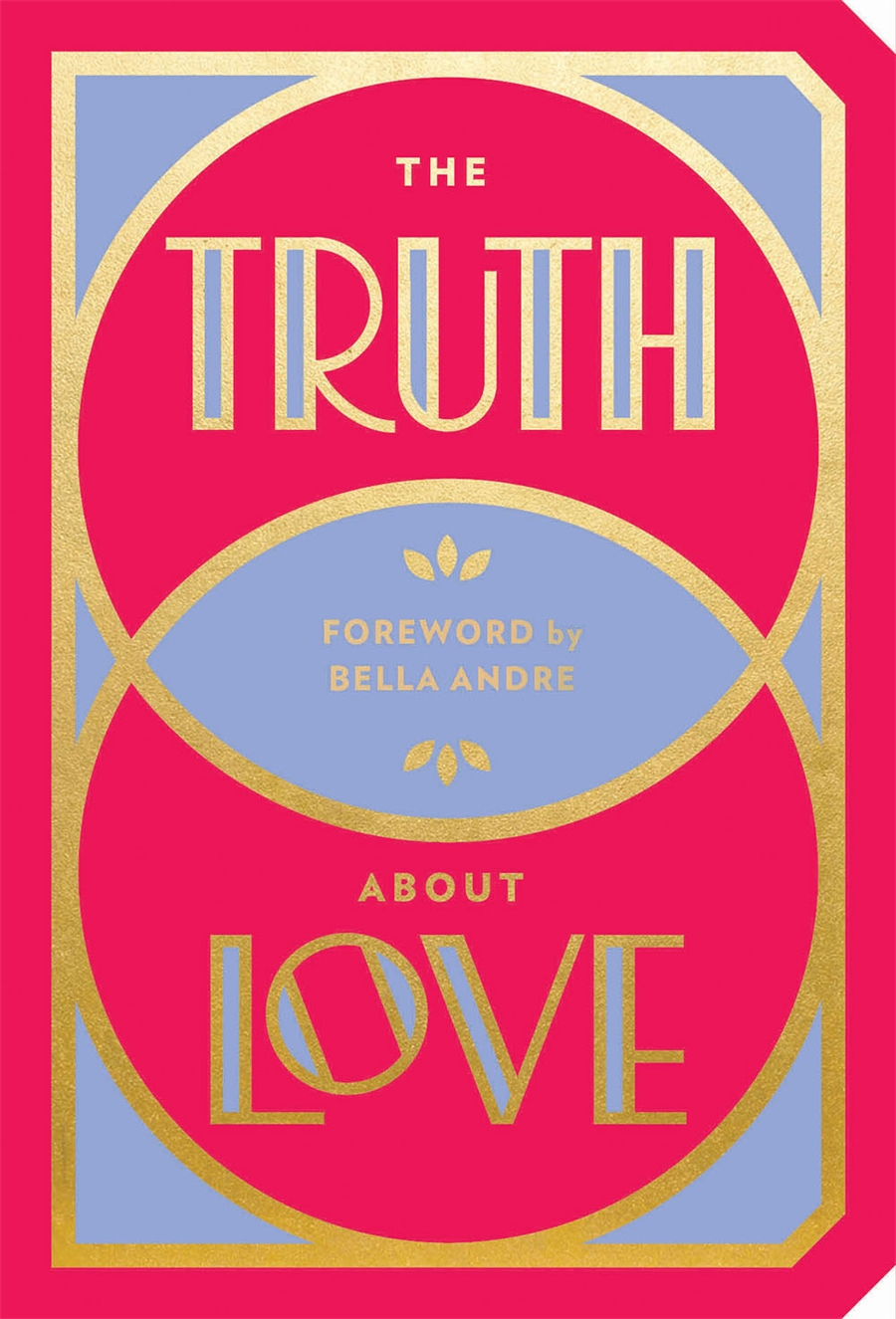Description
A series of beautiful and unique, usable journals, these hardcover, blank books each focus on a single artist, and feature a detail of an artwork wrapped around the cover and endpapers that highlight details from the artist’s studies or other works on paper. We offer a variety of grid designs for the interior – lines, circles, traditional grids – that the artist or estate hand selects for their journal. The opening page includes a single quote about making from each artist.
The Journal series celebrates the creativity of artists and their ability to inspire. Each edition includes a detail of an artwork on the cover and studies or drawings as endpapers. Produced in collaboration with the artists or artist’s estates, The Journal series is printed in limited editions.




Reviews
There are no reviews yet.